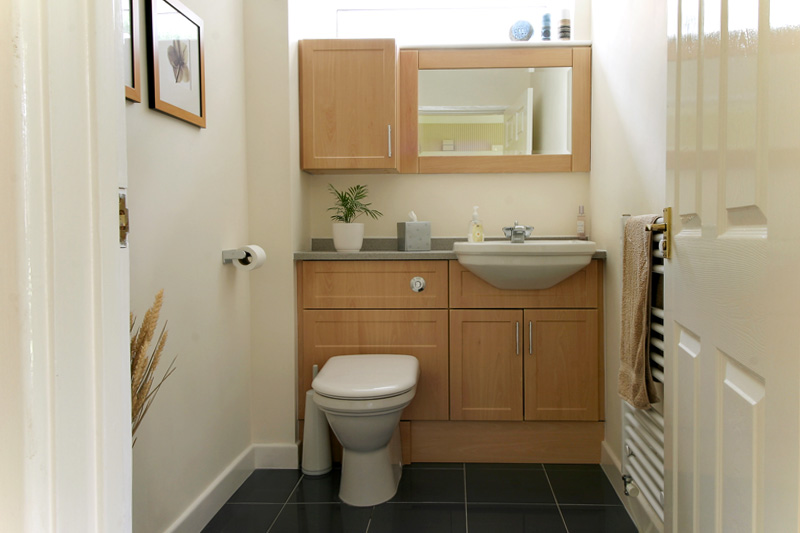Are you saying the flow pipe from the boiler then routes downwards to the boiler floor level and then rises up to the airing cupboard?
Also looking at the image of the boiler the original pipework should have had a seperate feed, a seperate vent and a flow and return pipe to the heat exchanger.
Are some of these pipes now disconnected within the boiler casing? ie just the flow and return are connected. The expansion vessel (when it was connected joins to a 15mm pipe - presumerably the old cold feed). Is one of the pipes shown gas?
Also looking at the image of the boiler the original pipework should have had a seperate feed, a seperate vent and a flow and return pipe to the heat exchanger.
Are some of these pipes now disconnected within the boiler casing? ie just the flow and return are connected. The expansion vessel (when it was connected joins to a 15mm pipe - presumerably the old cold feed). Is one of the pipes shown gas?



